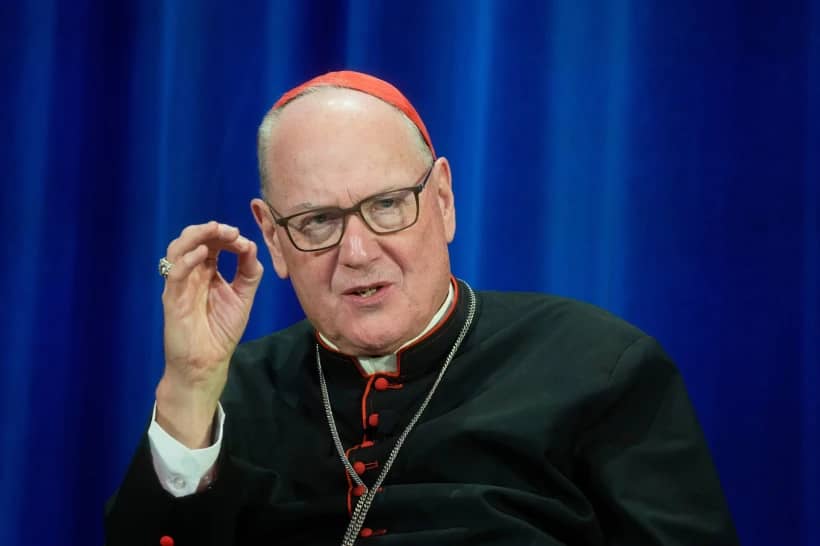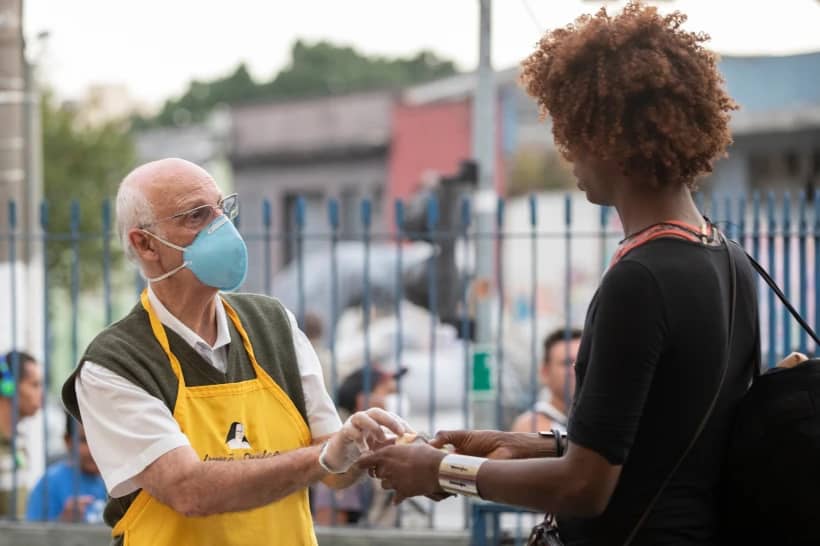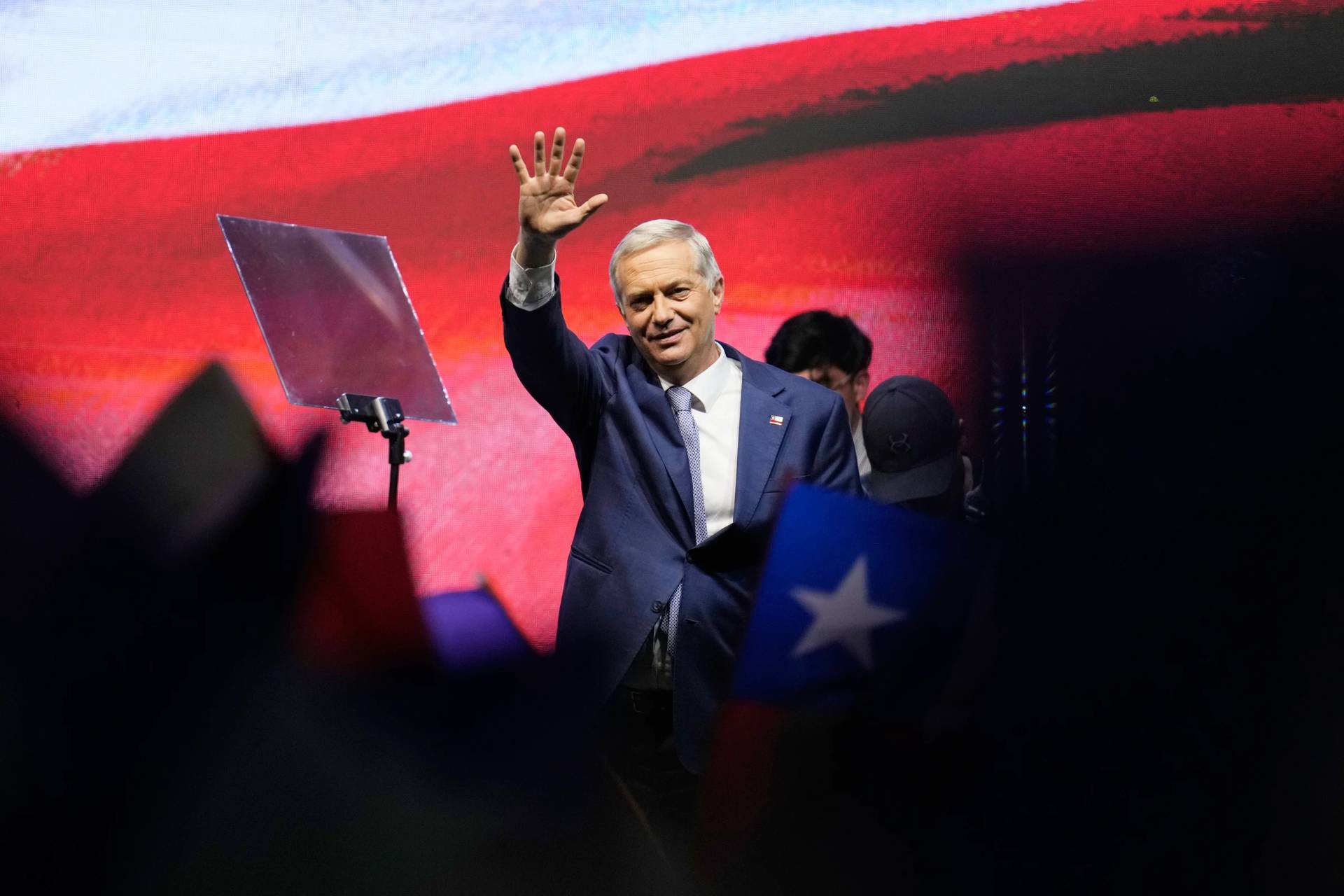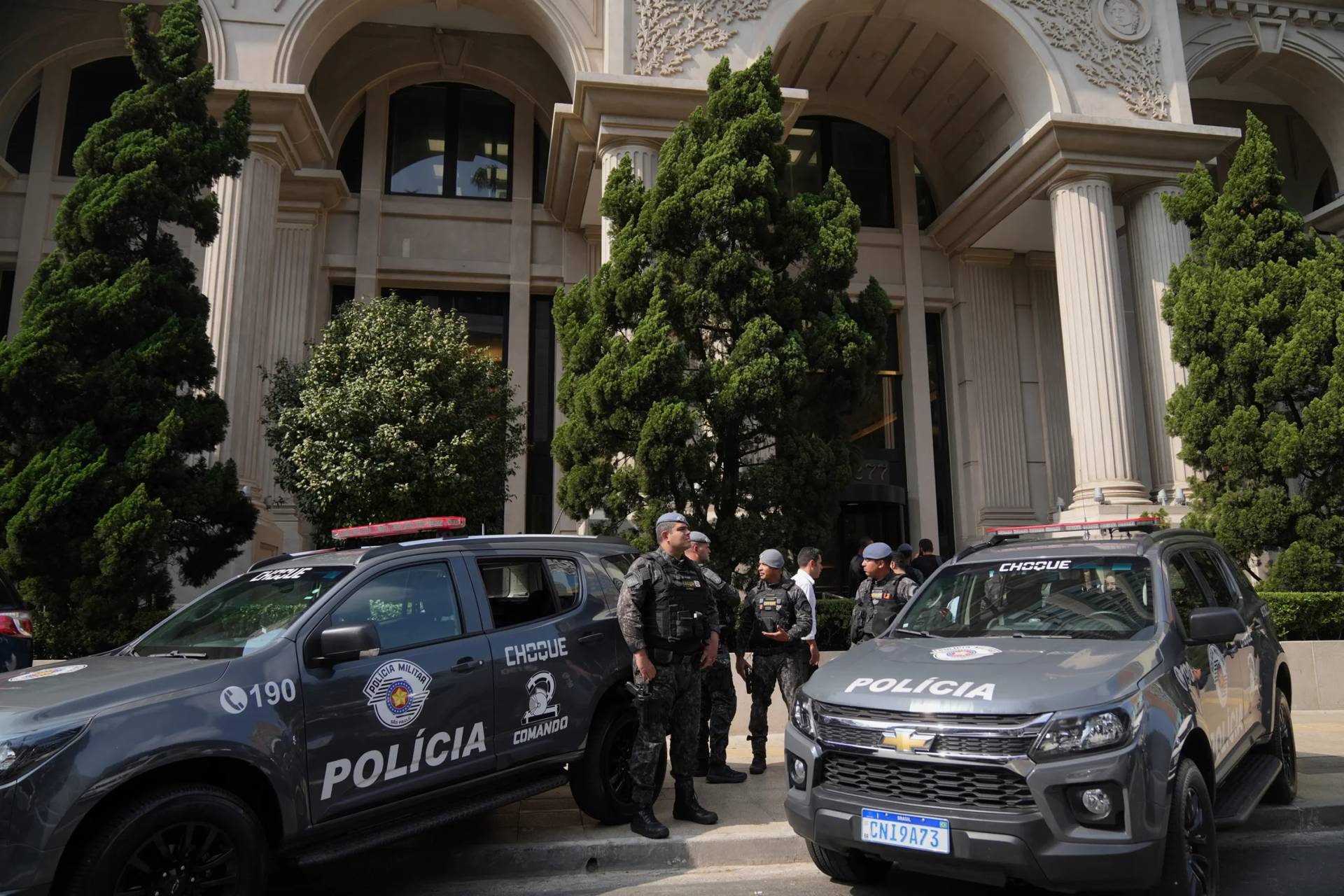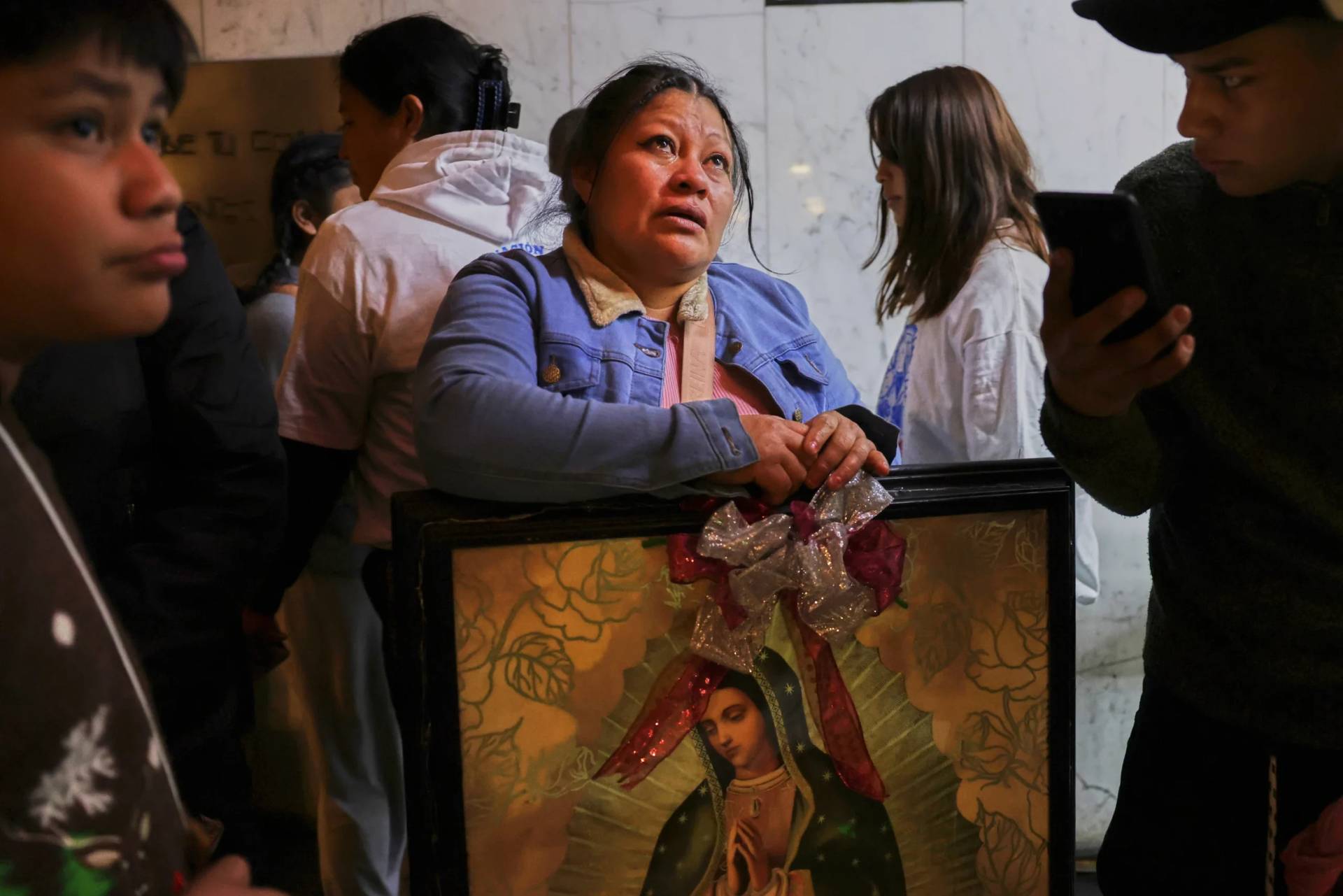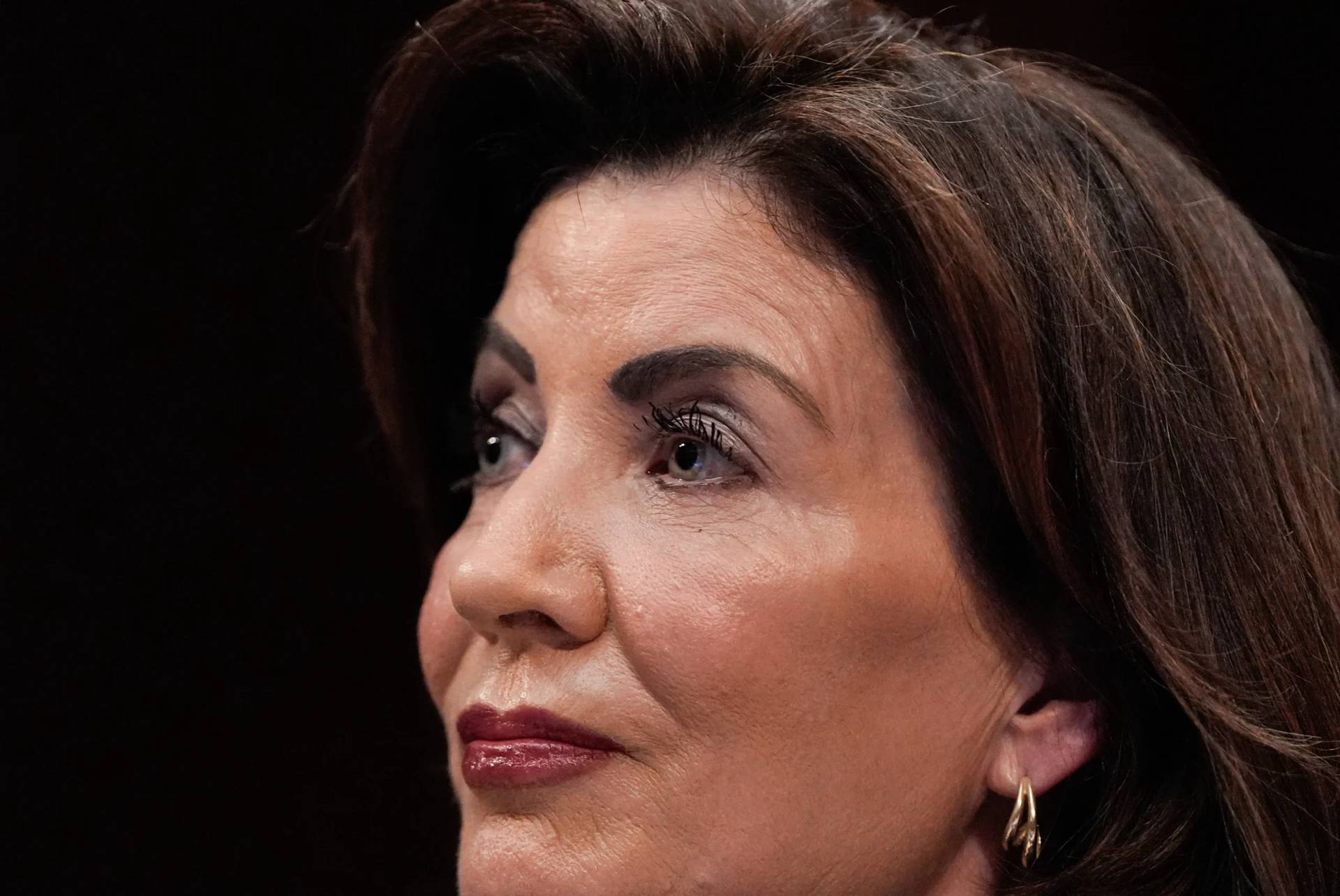ROME – When Pope Francis decided in 2017 to bring an Argentine bishop to Rome and give him a job in the Vatican, the prelate had been accused of “strange behavior” but not of criminal sexual conduct, Crux has learned.
The first formal allegations against Bishop Gustavo Zanchetta, formerly of the northern Argentine diocese of Oran, came in 2015 when a diocesan secretary found pornographic pictures on the prelate’s phone.
The images included gay porn featuring young men, but not minors, as well as images of Zanchetta touching himself. They were allegedly sent to unknown third parties.
RELATED: Few abuse scandals involve Francis as directly as that of Argentine bishop
Local newspaper El Tribuno published documents from 2015 and 2016 that prove the Vatican, including the pope, knew about the bishop’s improper behavior. There were also allegations of financial wrongdoing. Zanchetta was not suspected of stealing money, but of failing to report diocesan income.
In the words of a priest in Oran, who requested to remain anonymous because of fear of retaliation, “it was obvious that something was wrong with him, but we had no knowledge of abuse.”
Oran is a small diocese of 280,000 people in the province of Salta, at the foothills of the Andes.
Several people from Salta spoke with Crux in the past week, but all requested their identities be kept private out of fear of retaliation, because they don’t want to interfere with the ongoing civil investigation, or because they’re ashamed of what was done to them.
“All of this comes at a cost, and it was, and continues to be, extremely high. I don’t regret doing what I did, but this doesn’t take away all the suffering I’ve gone through,” one person said.
Some of the sources interviewed have been involved in the allegations made against Zanchetta from the beginning, and to this day, they have “no certainty, no proof,” that his actions involved minors.
However, since those first photographs were found, they do have knowledge that they involved criminal behavior: In the last month, two young men went to local civil authorities and presented a formal allegation of abuse against Zanchetta.
The two met the bishop in the seminary, and they only spoke out after the allegations of improper behavior were reported in El Tribuno and The Associated Press.
“The pope acted as he should have acted at the time … he saw that there was a man who was not suitable for ministry but who wasn’t a criminal, and took him to Rome,” one source said.
This was alluding to the the fact that after Zanchetta resigned from the diocese in 2017, Francis appointed him to the Vatican’s Administration of the Patrimony of the Apostolic See (APSA), which serves as a central bank for the Vatican and oversees its financial holdings.
After the first reports of “strange behavior” were sent to the Vatican in 2015, some priests in the diocese began paying closer attention to Zanchetta, especially his interactions with seminarians.
“I saw him hugging 16-year old boys, saw that the bishop was giving some of the students a beer, but nothing beyond that,” one person in Argentina said, but added that “after seeing the high-octane pornographic material in his phone, one begins to see everything as suspicious.”
The pope’s decision to move Zanchetta to Rome falls under a concept often heard around the Vatican: The nails come out from the top. Meaning, sometimes, the best way of making a problematic prelate disappear is by bringing him to the Vatican.
A high-ranking Vatican official said that he “couldn’t deny this is what happened with Zanchetta, and with many others,” before adding that “hopefully, that wasn’t my case.”
The fact that no minors were involved meant that no crime had been committed according to Argentine law, meaning the only avenue was the Vatican.
First, this was done informally through Argentine Cardinal Mario Poli, who replaced Francis in Buenos Aires. Then it was sent to the papal representative in Argentina, Archbishop Paúl Emile Tscherrig, who has since been made the the Vatican ambassador to Italy.
Speaking with The Associated Press in January, Father Juan Jose Manzano, Zanchetta’s former vicar general, said he was one of the diocesan officials who raised the alarm about his boss and sent the digital selfies to the Vatican.
“In 2015, we just sent a ‘digital support’ with selfie photos of [Zanchetta] in obscene or out of place behavior that seemed inappropriate and dangerous,” he told AP. “It was an alarm that we made to the Holy See via some friendly bishops. The nunciature didn’t intervene directly, but the Holy Father summoned Zanchetta and he justified himself saying that his cellphone had been hacked, and that there were people who were out to damage the image of the pope.”
Manzano also said he didn’t know the details of the alleged abuse, but he ruled out any acts of rape.
Francis and the bishop had a long history, stemming from when Zanchetta was executive undersecretary of the Argentine bishops’ conference, headed by then-Cardinal Jorge Mario Bergoglio from 2005 to 2011.
The pontiff named Zanchetta to Oran in 2013. It was one of the pope’s first episcopal appointments.
“His removal from the diocese was as it should have been,” a priest from Oran told Crux. “What needs to be investigated is what happened after, when the accusations escalated. Someone began covering up for Zanchetta, and they’re the ones who are deceiving the pope.”
A second source agreed, saying that without any actual criminal allegations, the pope couldn’t remove the bishop from the priesthood, but he could “lock him up in the Vatican, where he had no access to seminarians.”
“The problem is, you can’t have a person who’s not suitable to run a diocese in a job that, indirectly, is seen as a supervisor of those who do,” the source said. “You can find many bad grapes in the vineyard of the Lord, but there are also many, many good ones. The bad ones cannot rob us of the hope that truth and justice will triumph. In the meantime, pray for us, and for the Lord to purify his beloved wife, the Church.”









